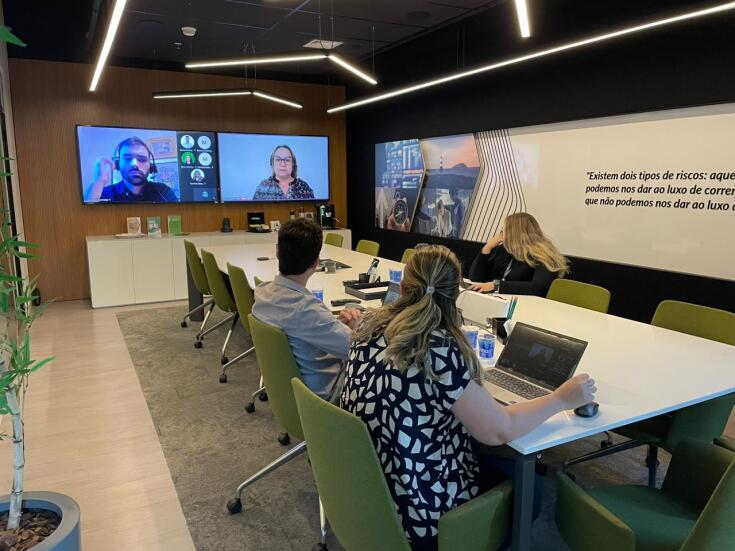How can the segment generate value utilizing predictive models to make risk decisions?
Advance analytics, data science, and machine learning. You have certainly heard those terms a lot. Today it is almost impossible to support a keynote or read about innovation or the future of the industry without coming across one of them. And it makes sense that this is the case. After all, advanced analytics, data science, and machine learning will revolutionize business and the world. In fact, they already are. A survey by Forbes Insights and EY reported that 66% of global companies already invest at least US$5 million a year in analytics and that 78% agree that big data and analytics are changing what is understood as competitive advantage in their industry sectors.
In the insurance market, Horiens already works with analytics.
In July 2018, we established a new arm within the company, Risk Labs, which, among other objectives, aims to build predictive models that guide the risk decisions made by our management team. One of the projects in which I worked, and that used machine learning models to estimate the loss ratio in its health portfolio, realized savings of R$30 million at contract renewal. On another project, we created a legal predictive analysis model to estimate the chances of a civil liability action being judged to be well supported or groundless. The tool utilizes decision history, claim type analysis, stage of the judicial process, case value, and even considers the court where the action is being tried to assess these chances. This helps the company to manage its efforts better and choose the best defense strategy as well as establishing contingencies for liabilities.
These projects are just the beginning, and they are important victories, because it is not easy to get an advanced analytics project to stand on its own. Today, we see many initiatives in this area that gather massive amounts of data, but which are limited to making descriptive or predictive analyzes that do not answer the concerns posed by the business. It is less common to see the full potential of advanced analytics being explored with predictive analytics connected to decision making, as we do.
There are many bottlenecks for projects of this level of complexity to succeed. One of the main ones is a cultural one. Today, despite the recognized benefits of using data for business, there are barriers to establishing a data-driven culture in organizations. Many decisions are based exclusively on the experience of executives and specialists, without any incentives – including investment in infrastructure and people – to capture and manage data, and build models to support decision-making, vertically and horizontally, in organizations. Companies that overcome this barrier usually have a CEO, and executives reporting to him or her, serving as sponsors in the democratization of data use.
This democratization is worth the effort. Because the opportunities created by advanced analytics, especially in the insurance sector, are huge. We are on the verge of offering ultra-customized insurance, such as insurance policies that, with your consent, only cover your car during weekends when you most use it, for example, or that vary in price according to your driving habits, which you have authorized to be monitored. The popularity of sensors and the Internet of Things (IoT), in addition to the digitization of processes, will also create more and more data and possibilities for innovation in the insurance field.
There is a lot to do and the future is promising.










